Our quantified survey on what pleases or displeases in tournaments has allowed us to draw a sketch of the ideal tournament according to enthusiasts padel. Today, we are going more into the human aspect by giving the floor to a few dozen of you, among the 230 people who responded to our poll – thanks again to them!
The least we can say is that the players of padel know what they want and what they don't want. But that does not mean that they all agree with each other, especially on such controversial subjects as the levels of play authorized in tournaments, the good or bad influence of tennis, the formats of play and the sanctions to be applied against players with little fair play.
■ More consistent levels.- "The most important problem is the disparity of levels", tells us Laurent. His opinion is very widely shared: most of the participants in the tournaments indeed wish for more homogeneity, in particular in the small categories. In fact, who takes pleasure in serving as a punching bag for elite players and cashing in a 6/0 6/0 in 30 minutes?
“There should be a maximum level per tournament for a pair since the level increases a lot, continues Laurent. In the last P25 that I played, there were pairs ranked 2000. We should also add tournament categories like P50 and P150. »
"We should increase the minimum weight of the pairs, believes Camille, according to whom a minimum weight of 400 for a P250 is much too low. They have the P500, P1000, P1500 and P2000 to take points. »
“The level is not at all balanced, deplores Bruno : too often good level players come to play small tournaments with their friends to please them and win the tournament despite the imbalance of the pair…”
An observation shared Nicolas : “What gives me is to meet in the Paris region pairs ranked 500 in accumulation of the two players on a P250. I do not see the interest for them and for us because the matches are expedited. Unfortunately, in the Paris region the level is so dense that it is like this every time we pass the hens. »
“From a certain classification, certain players of level P500 or P1000 should no longer be able to compete in a P100, recommends Home, even to play with a very badly ranked friend who is “beginning” (often a 2nd series of tennis for that matter). A pair having a player classified for example in the first 1000 should not be accepted, even if his “weight” would authorize it. »
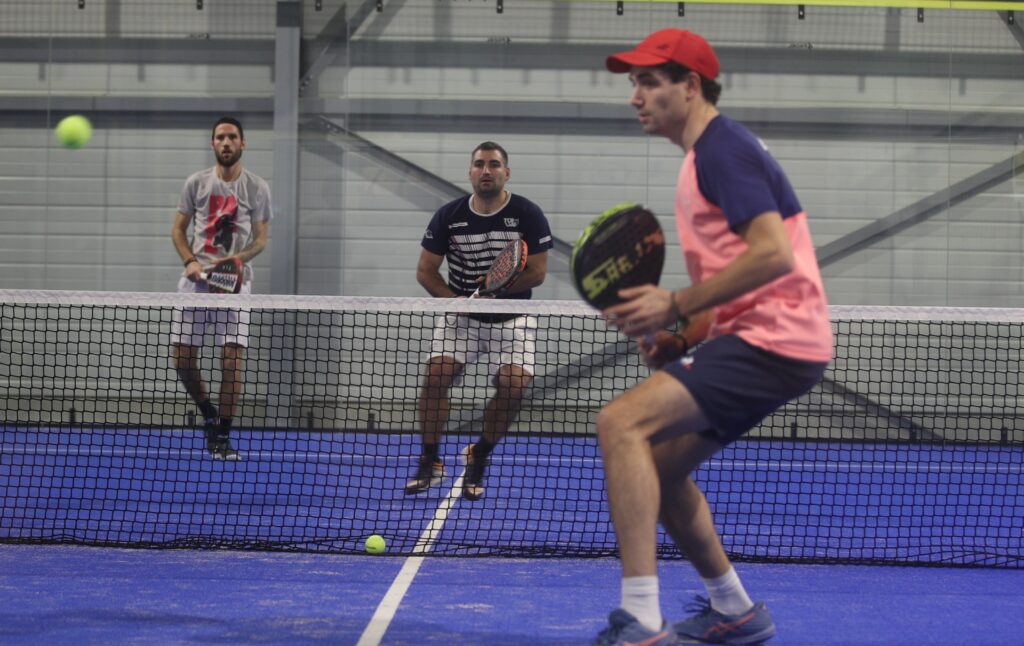
“A top 200 in a P100, I think that sucks”
“My main complaint about the first levels concerns the presence of teams in the game that are much higher than the average of the teams, affirms Jérôme. If you have this kind of pairs in your pool, you are sure not to qualify. The interest of a P25 is to offer an affordable tournament level for beginners or levels 3/4. Confronting you with levels 7 has no interest, except the easy vainglory for them. »
Similar opinions abound. Here are some others: “A guy ranked in the top 200 who makes a P100, I think that sucks”; “It would be wise to set a minimum and maximum individual level to avoid, for example, as happened to me, being taken out of a P250 by the 17th French player… What interest for him, for us?! » ; "We should standardize the levels by creating a limit for entries to tournaments according to the ranking of the pair or the players" [Editor's note: this is already the case for the weight of the pair]; “One of the most unpleasant factors is the appearance of Top 2000 players on P100s. »
In summary, there is a consensus to estimate that too heterogeneous levels can spoil the pleasure of the competitors. Should we therefore review the minimum weight scales for pairs? Or even establish a minimum weight for each player taken individually?
“Stupid”, the classification?
■ Ranking and real level.- The number of tournaments taken into account in the ranking has just increased to 12 instead of 10, after a retreat from the FFT, which planned to raise it to 15. Despite this, the scale has raised some criticism, such as that of Tonio : "The excessive number of tournaments taken into account for the final ranking generates inequalities: a player who achieves a good result in a tournament will have a lower ranking than a player who lines up in 13 tournaments with results lower”.
“The more tournaments you play, the more likely you are to be ranked, according to the law of numbers. The classification has become stupid. No interest. The FFT is killing the padel, whose spirit and technique are totally different from tennis", laments Seb.
As we mentioned above, many of our respondents complain about players with too high a level who participate in P25s or P100s because they are under-ranked or have a badly-ranked partner. Unfortunately, even with the finest possible assimilations, no ranking can reflect with total fidelity the real level of each player.
■ The duration.- Regarding the ideal duration of a tournament, there are several schools. On the one hand, we find those in a hurry, who cannot or only want to free themselves for a day, or even half a day; on the other, there are those who like to take their time and not chain too many matches in a row.
The former prefer short tournaments: "Over a day or an evening"; “A full day or two evenings”; “The maximum duration for tournaments from P25 to P250 should be one day and not two”; “The ideal tournament is over an evening, even half a day, and max one day”.
Conversely, Pedro would like to play only “two matches a day at most… Sometimes the sequence of matches is too restrictive. And you lose your chances when you play better than you because you are more blunt”.
According to Alex, “You have to adapt the number of teams to the number of tracks available: maybe plan tournaments over 2 days or 2,5 days even for P100 or P250 with qualifications. There are too few tournaments compared to the number of players in my department, Haut-Rhin, so the tournaments are taken by storm.
“Don't sacrifice an entire weekend”
Michael, for his part, has very clear ideas about what he would like: "The three-day tournaments are very pleasant for managing your weekend and recovery: days 1 and 2 are qualifying rounds, you have three games to play in half a day. Then the final phase takes place on the third day, with knockout matches, which begin in the 1/8th finals. The ideal is to start with the hens on Friday evening, qualify, have the Saturday off and play the final table on Sunday. This makes three guaranteed minimum matches in pool and 7 matches in total for those who go to the final. »
As for Maxim, he would “ideally want tournaments like the ones I've seen in tennis in the past. No pool, everyone goes directly into the table, more or less early depending on the rankings. And then each pair organizes itself to face its adversaries. We are there on longer tournaments in time, but at least that allows us to play matches directly in two or three sets of six games. And above all, it does not require having to “sacrifice” your entire weekend or your entire evening for a tournament of padel »
■ Waiting.- To wait or not to wait between matches, that is the question… which finds divergent answers. Remember that rest times are regulated by the 2023 Competition Guide, but this can be waived with the agreement of the four players concerned.
Confronted with this, Bruno suggests "limiting the waiting time between games. Sometimes it can happen 2h30 or 3h between two matches and sometimes we go on 15 minutes later. »
Rémi he regrets “the far too long waiting times when you play three matches in one day in P100s or P250s. It completely breaks the rhythm and the motivation”.
He is joined by Kevin, who wants “less waiting time”, citing his “last tournament with the end of the match at 14 p.m. and the next match at 30 p.m.…”
As for Bertrand, he would like "That there be a maximum of 45 minutes between each match (in B2 format) and that there are four matches to go": which therefore makes an average of 6:15 (excluding the third half) for a tournament, counting one hour per match…
For Philippe, "the ideal is a table by progressive entries 4 by 4, especially no pool, with classification matches as you go along and enough land so that there is not too much waiting". Without forgetting “a good aperitif and a buffet at the end”… And wild boars for Obélix?
“The minimum is one reward per player”
■ The price.- Do our players want value for their money? In any case, they are numerous to wish that the prices of the inscriptions do not fly beyond 20 or 25 € per person: “That the price of these tournaments does not exceed 15 euros”; “Price: €20 max/player”; “Price between 20 and 25€”, etc.
“The reward does not matter to me, writes to us Lucas, but I find that €20 per tournament is a bit expensive considering that the meal is extra. For a set of new balls, that's a bit of a stretch. 20€ per team would be more appropriate. »
Michel is of the same opinion: “For the price, €10-15 would seem fairly fair to me…because paying €20 for three games is a bit too much”.
Paul, he sets a maximum at “€25 for registration, because €30 is absurd”.
■ The rewards.- Overall, the reward doesn't matter to our respondents, which suggests that no pro player is hiding among them...
"At our level, the rewards are anecdotal," says Bruno, but in principle, it takes at least the reimbursement of the participation to the winning pair. » Same opinion for Alex, but extended to the entire podium: "That the rewards for the first three cover at least the price of registration".
Shocked by “P100 or P250 women, without prizes for the winners, Paul wants increased awards in all categories.”
Kevin is one of those for whom the "minimum is a reward per player", even symbolic.
“Awards were cool 2 or 3 years ago, recalls Michel, who regrets that they are less interesting now. »

The friendliness of padel “gangrené” by tennis?
■ The tennis mind vs the mind padel.- The increasing arrival of male and female tennis players in tennis tournaments padel comes with a mentality (or high level of play) that many lament.
“Give others a chance, please, claim Jeremy , addressing well-ranked tennis players who come to play P25 or P100. »
Angry, Ben believes that “the most unpleasant thing is the tennis players coming with a “shitty” spirit in the competitions. I have already witnessed several cable busts and almost fights for a point…”
"The padel is a totally different sport from tennis, both in spirit and in technique", asserts Seb, disappointed at the idea that this difference disappears. Lucas shares this observation: "Tournaments are a good time and the spirit padel must continue there and not tend towards that of tennis. »
Home, player and organizer of tournaments in Reunion, goes even further: "With the arrival in padel more and more tennis players, the conviviality so dear to the padel is “rotten” by the individualism of tennis. We are not there yet, but I sometimes feel a certain drift emerging. It is still minimal, but prevention is better than cure.
The scourge of packages
■ Packages.- Signing up to play at least three games and only playing two is frustrating. Players who skip ranking matches are therefore frowned upon.
Our Reunionese Home complains about too many withdrawals: “If the WOs continue and we let it happen, we will arrive like in tennis, pay €25, lose our first match, and leave, without participating in the life of the clubs…”
Laurent, for his part, likes tournaments with "something at stake without, despite everything, falling into a tense climate between the players who play their lives and who do not make the classification matches in the event of defeat".
Michel says nothing else: "The only downside is the players who don't make the effort to finish the tournaments. The schedule is known to everyone in advance, so everyone has to make sure they are available”.
"We don't come to make 20 exchanges"
■ Formats and formulas.- As we have already written, the game format in two sets of 4 games is not very popular because it is too fast. But there are exceptions: “On the formats, I am in favor of the two sets of 4 games and super tie-break for the chickens but keeping the advantages, tells us Jérôme. Indeed, the gold point over 4 games can transform a victory into a defeat and vice versa, through a lottery being reduced to one point. This makes sense on longer formats, but inappropriate on short formats. »
Baptiste, without saying what he prefers, regrets the “lack of harmonization on formats between tournaments. It is sometimes a set of 9 games, sometimes two sets of 4 games and sometimes two sets of 6 with super tie-break, from one tournament to another, on the same structure. »
As for This link, he is ruthless with short formats: “What I don't like are formats that are too fast, such as format C (2 sets with 4 games) and D (1 set with 9 games). We come to play what most resembles a real match and not to make 20 exchanges. Especially when the tournament is not close. »
■ Chickens or no chickens? Among our respondents, almost half prefer chickens (48,7%), while multi-chance tournaments appeal to a narrow majority of 51,3%. “Above all, no hen, exclaims Philippe, who wants ladder matches as they go”
François, he is not of the same opinion: "The format with all the pairs in pool seems to me more equitable for the tournaments of small categories". But he admits that staggered entries with seeds are better for P1000s or P2000s.
Maxim, which we have already quoted, wants “no chicken, but that everyone enters directly into the table, more or less early depending on the rankings. […] At least that allows you to play matches directly in two or three sets of 6 games”.
■ The number of teams.- To avoid endless days, many of you want to limit the number of pairs accepted. “What displeases me, writes Pierre-Jean, these are the tournaments that take too many teams with too long waiting times. The ideal is to play 3-4 games maximum during the day between 9 a.m. and 15-16 p.m.
Alex thinks that "the 12-team format is ideal in order to limit the wait between matches and the duration of the tournament. The 9-game game format should be offered more often as well.” Another Alex recommends a “number of teams consistent with the number of tracks available, so as not to expect too much. For example 16 teams, three lanes, D and B formats for a one day tournament. The hardest thing in a tournament is to wait more than an hour or an hour and a half between two matches”.
Yellow and red cards for unjustified WOs
■ Sanctions ? Only two of our 230 respondents spontaneously mentioned the idea of punishing bad practices. But they are ruthless!
Therefore, Clement would like “if a pair does not show up for one of its matches during a tournament, a yellow card system the first time, with a 20 euro fine and a red card the second time with a 50 euro fine. The red card would aim to blacklist the pair in question for a period of one year (except medical certificate within four days). For the values of sport, the respect of the organizers, and of the other players, the federation must have the mission of setting a framework and being the guarantor of these values..."
Clement is joined by Home : “I find the players unbearable who don't make the classification matches and don't warn them that they won't come. Oddly enough, it's often players of a certain level. It is a total lack of respect towards their adversaries who wait for them for nothing, the organizers and the owners of the clubs who block the grounds for these classification matches and therefore cannot rent them, hence a loss of earnings. »

■ Le padel feminine.- With only 12% of women having answered us, the question of padel feminine is hardly touched upon. But a few suggestions stand out:
"To develop the padel women, all P25 and P100 tournaments should be uncategorized, open to mixed and women's teams, suggests Jérôme . At this level of play, the difference (physical/power) between men and women is largely compensated by the technical level. Beyond that, this gap would become prohibitive for the players. »
When we want a woman to express herself, we can always count on our favorite Strasbourg woman, Nathalie : her ideal tournament is “a women's tournament over two days, with qualifying rounds on Saturday afternoon, final draw on Sunday (1/4, 1/2 and final). In B2 format, two sets of 6 games with no ad. And a price of 20 to 25€. » She adds that she would like « finally a women's P500 to Strasbourg », where only one has taken place in three years, according to her. She adds that there were “16 pairs at the last P250, more and more girls but still no P500. " There bandeja is sent, the ball is therefore in the camp of the Alsatian organizers!
In Australia, New Zealand or Tahiti
As for Cécile, she would like nothing better than to do more tournaments, but “being in New Caledonia where there are only 11 pistes, the number of tournaments in the year remains limited. Travel to Australia, New Zealand or Tahiti would be great, but expensive. » Our advice: suggest to the producer Cyril Hanouna a "Top 100 goal” from the southern lands, with private jet included.
■ What about young people then? Even more than women, young people are largely forgotten by the practice of padel and its development in France, in particular for financial reasons: the cost of the hour of play in private clubs. And they are therefore also the forgotten tournaments... The proof, the federal application Ten'Up only offers the “seniors” category when looking for a tournament or a championship…
Despite the sand, Gabin described his ideal tournament to us as a "young tournament (U18) which is not at the other end of France, with registration for less than €20". Patience and courage, Gabin, youth tournaments will become widespread one day!
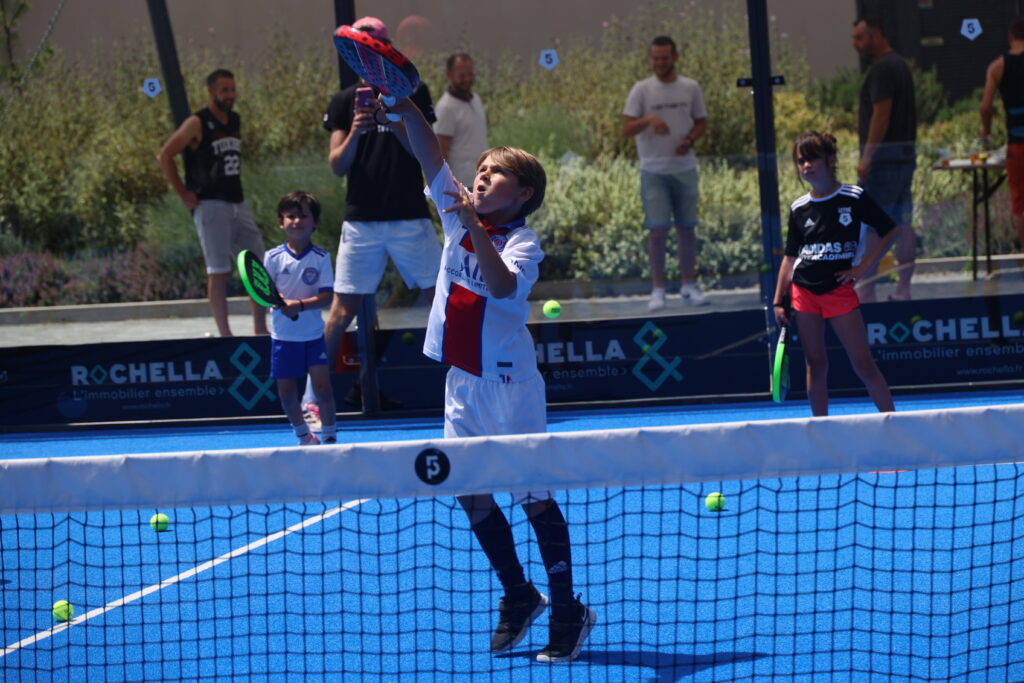
Better life for players padel
■ The ideal recipe.- As we can see from reading you, there is not much missing for your tournaments to padel look like dreams and never turn into a nightmare. At the end of this long investigation, we can say thanks to you what ingredients the recipe for the ideal tournament contains: a little challenge but no aggressiveness, conviviality and pleasure, not too many disparities, balanced games, opponents who do not desert, not too much waiting between matches, a small gift for everyone and a glass of friendship at the end, even a banquet (with or without wild boars). All available for seniors, women, young and old...
All of this is well summed up by David, who allows himself to dream to describe his ideal: “A whole Sunday afternoon rather than a whole day, four or five interesting matches (neither too easy, nor unplayable), including two or three in 9 games… A majority of victories (with a great victory to finish), a performing teammate with a great mentality; 30 minutes maximum between matches; 20 euros maximum per person, friends, a nice atmosphere; fair play! “It is not beautiful the life of the players of padel ?
While waiting for our next survey, our previous surveys are always at your disposal.
After 40 years of tennis, Jérôme falls into the pot of padel in 2018. Since then, he thinks about it every morning while shaving… but never shaves pala in hand! Journalist in Alsace, he has no other ambition than to share his passion with you, whether you speak French, Italian, Spanish or English.




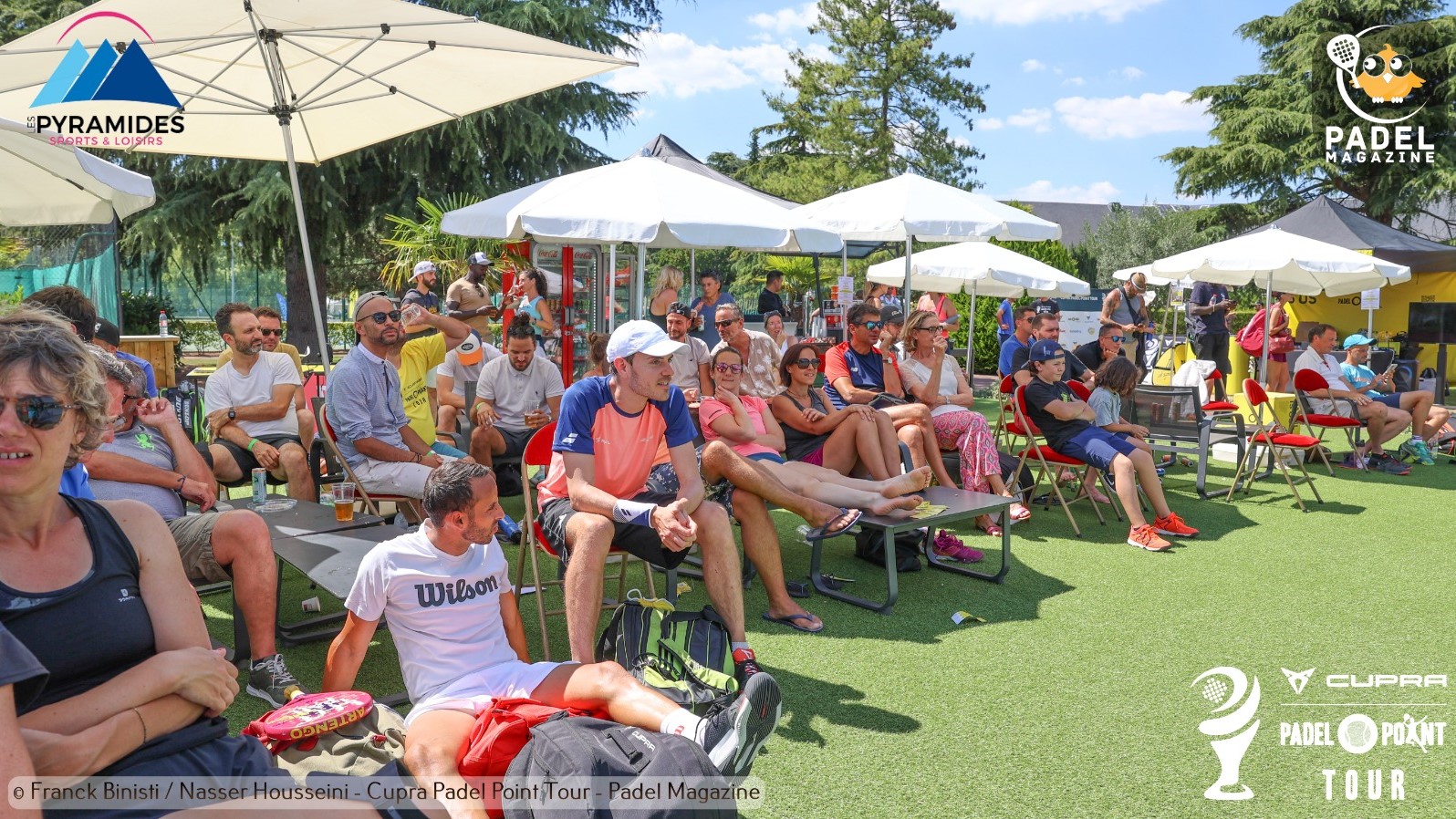











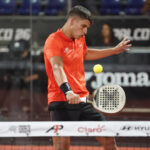




















































































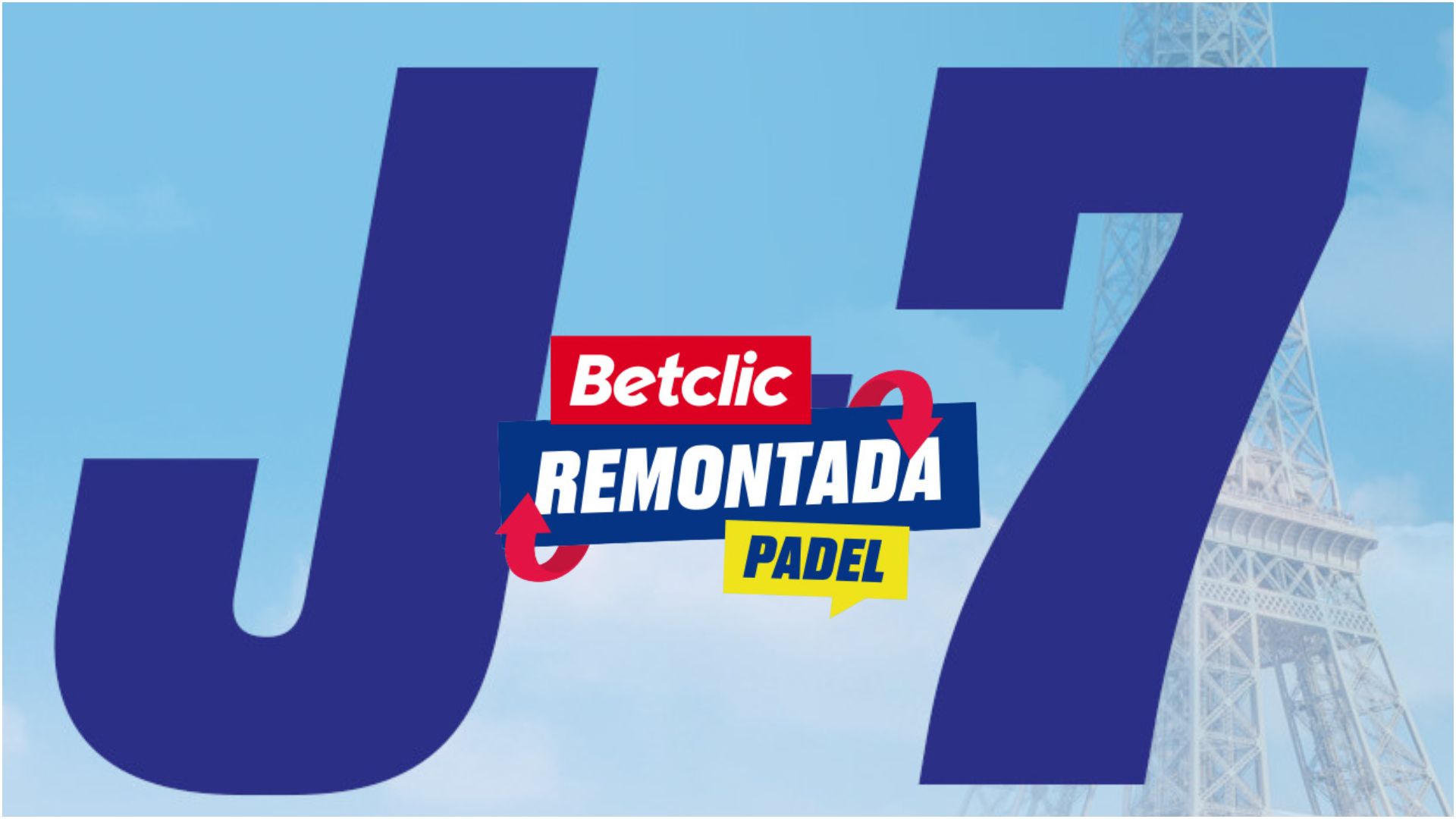 D-7 of the “BetClic Remontada Padel”, at the foot of the Eiffel Tower
D-7 of the “BetClic Remontada Padel”, at the foot of the Eiffel Tower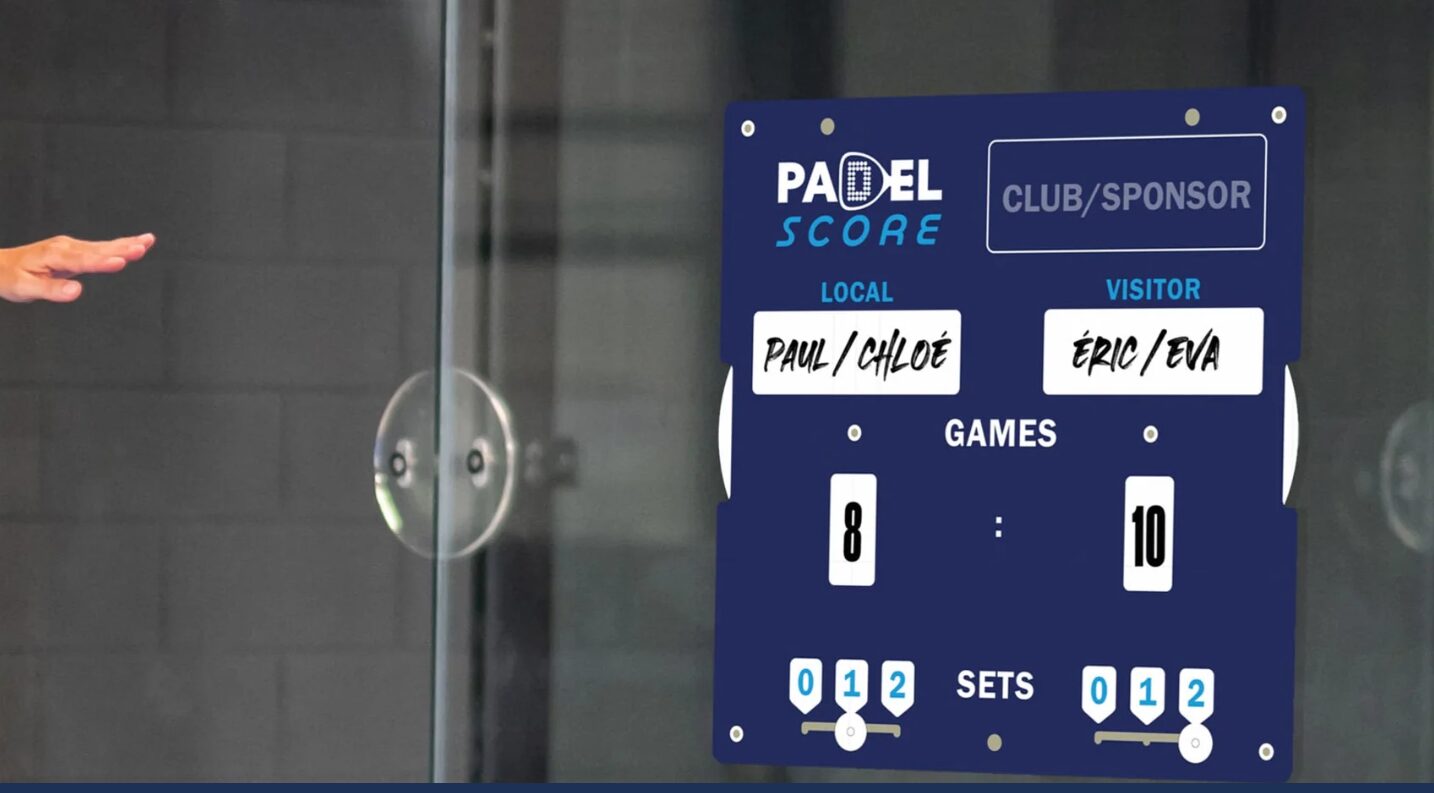 Padel Score: an essential table for keeping score
Padel Score: an essential table for keeping score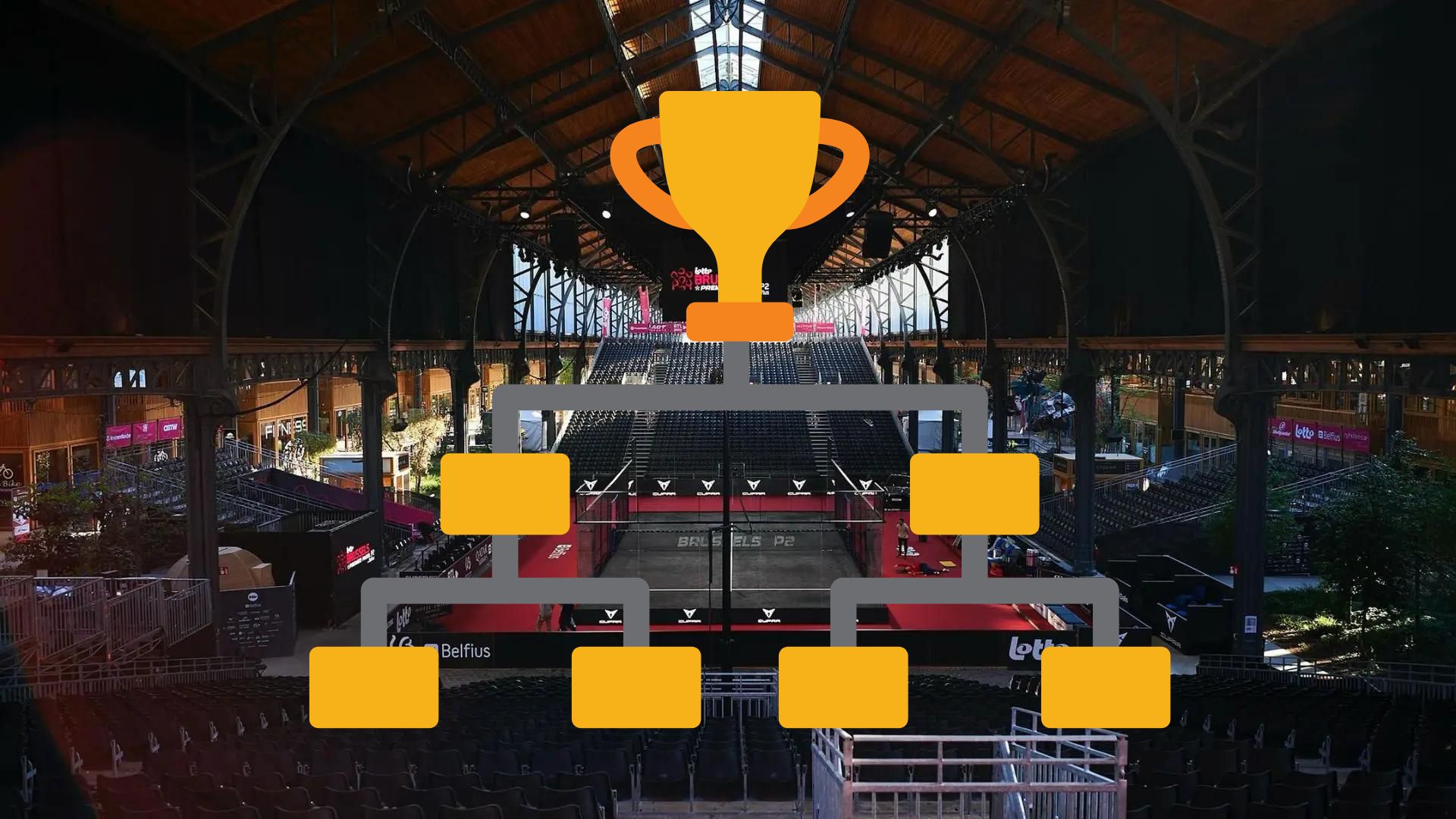 Premier Padel Brussels P2 – Time for the semi-finals!
Premier Padel Brussels P2 – Time for the semi-finals! Guillaume Codron de Sud Padel : “A family project”
Guillaume Codron de Sud Padel : “A family project” Nallé Grinda: “Democratize the padel in the USA with PadelX "
Nallé Grinda: “Democratize the padel in the USA with PadelX " Simon Boissé: “We know that there are two nations in front of us”
Simon Boissé: “We know that there are two nations in front of us” Marie Maligo: “This period of frequent changes of partners was beneficial for me”
Marie Maligo: “This period of frequent changes of partners was beneficial for me”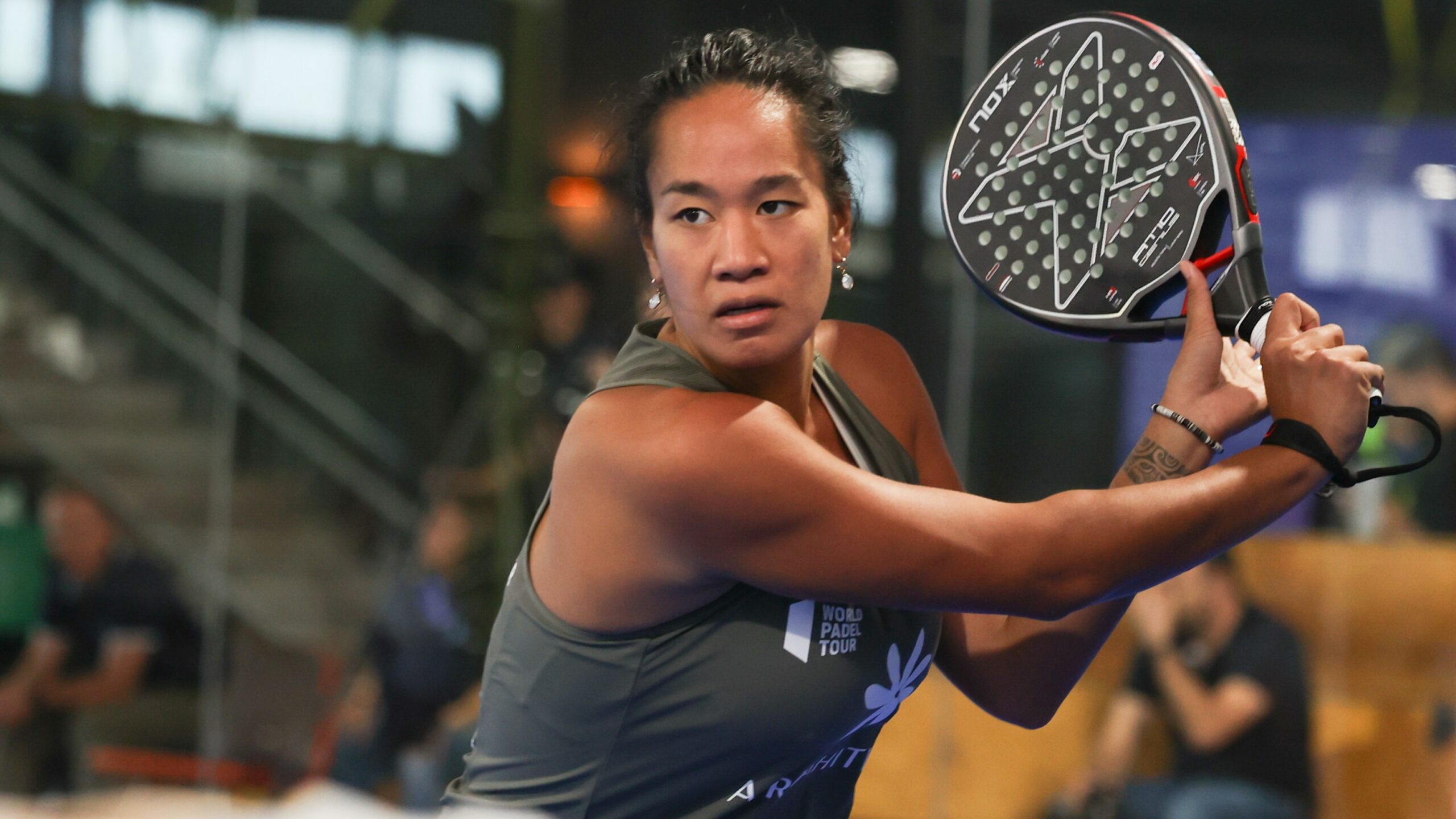 Léa Godallier makes her big return to the slopes this weekend
Léa Godallier makes her big return to the slopes this weekend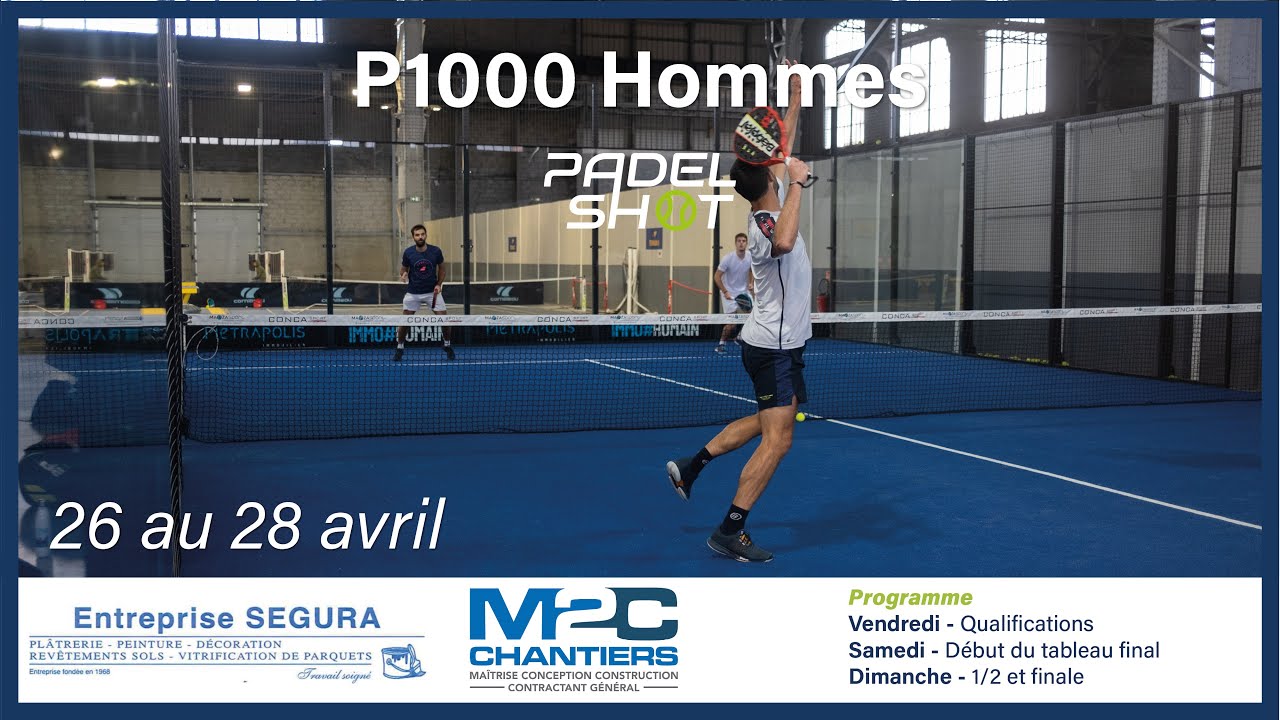 P1000 PadelShot Saint-Étienne – Live, programming, results…
P1000 PadelShot Saint-Étienne – Live, programming, results… Gilles Moretton: “We will be able to put the padel at the level of tennis”
Gilles Moretton: “We will be able to put the padel at the level of tennis”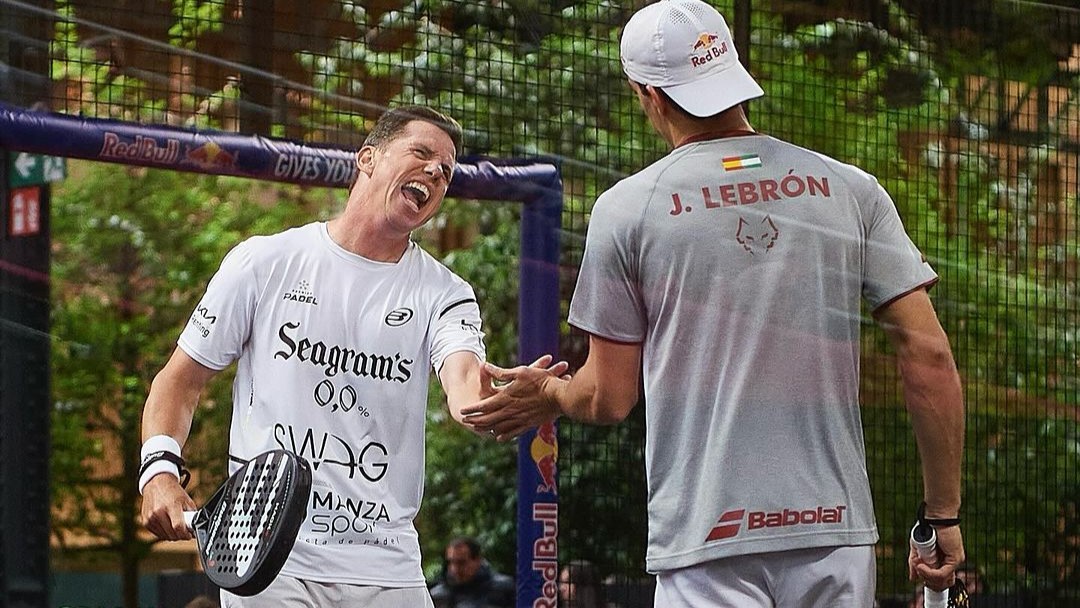 When will Lebron and Paquito split?
When will Lebron and Paquito split?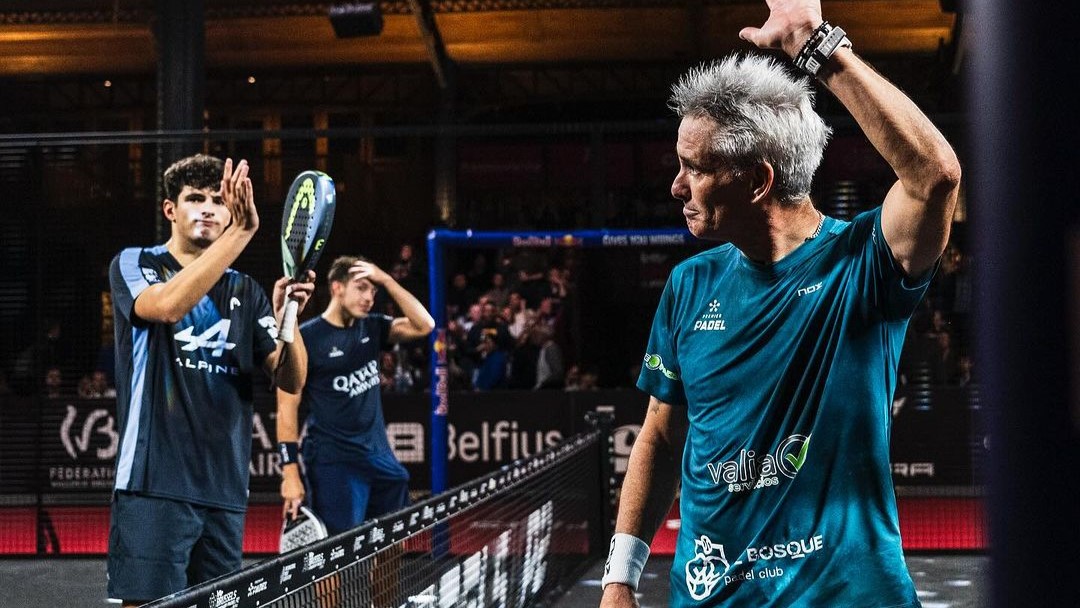 Premier Padel Brussels P2 – Coello and Tapia had to save two match points against Lamperti and Belluati to qualify in the half!
Premier Padel Brussels P2 – Coello and Tapia had to save two match points against Lamperti and Belluati to qualify in the half!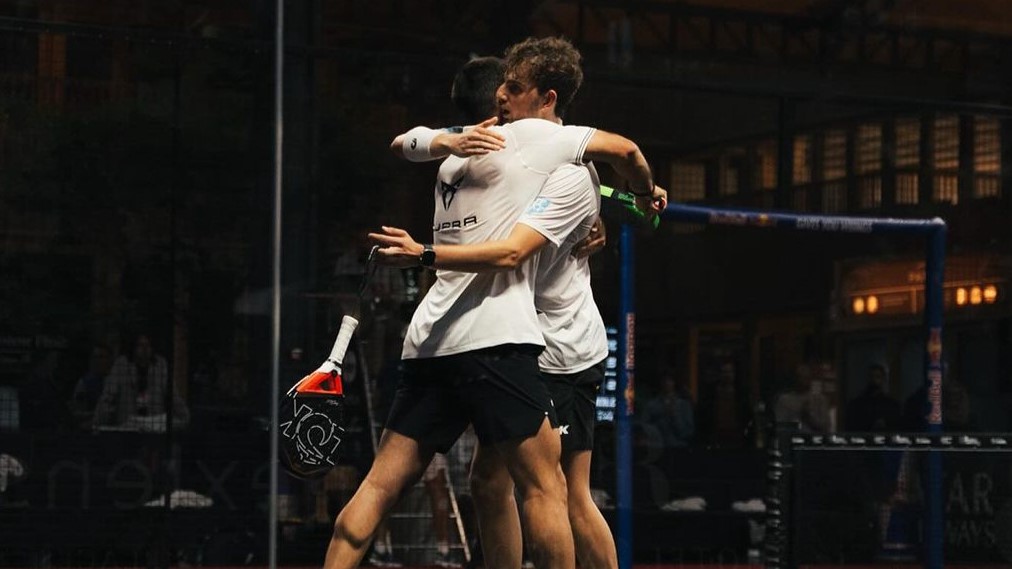 Premier Padel Brussels P2 – Mike Yanguas and Javi Garrido once again take the advantage over Stupa / Di Nenno
Premier Padel Brussels P2 – Mike Yanguas and Javi Garrido once again take the advantage over Stupa / Di Nenno José Manuel Escin at the inauguration of Casa Padel DOS: “Finally, and thank you!”
José Manuel Escin at the inauguration of Casa Padel DOS: “Finally, and thank you!” Padel Score comes to Tahiti for American Express Padel Cup!
Padel Score comes to Tahiti for American Express Padel Cup! Do you know the Rafa Nadal Academy Tour?
Do you know the Rafa Nadal Academy Tour? Play at padel on his yacht? Possible for €233.000!
Play at padel on his yacht? Possible for €233.000! Our Top 10 training courses padel in France and Europe
Our Top 10 training courses padel in France and Europe At the heart of padel – Episode 25: Paul and Andoni answer your questions
At the heart of padel – Episode 25: Paul and Andoni answer your questions Tactical padel – What to do when faced with players who systematically stay at the bottom?
Tactical padel – What to do when faced with players who systematically stay at the bottom? The basic tactics of padel
The basic tactics of padel At the heart of padel – Episode 25: Paul and Andoni answer your questions
At the heart of padel – Episode 25: Paul and Andoni answer your questions At the heart of padel – Episode 23: defend the window well
At the heart of padel – Episode 23: defend the window well Prohibition on playing topless Padel : the reasons
Prohibition on playing topless Padel : the reasons FIP Tour – Going far from Europe, THE strategy to earn points!
FIP Tour – Going far from Europe, THE strategy to earn points! What is a good football player? padel ?
What is a good football player? padel ? “Lefties give me headaches when I play against them!”
“Lefties give me headaches when I play against them!” At the heart of padel – Episode 14: how to earn points in winter?
At the heart of padel – Episode 14: how to earn points in winter? A par 4 is always a winner...even if you manage to defend it!
A par 4 is always a winner...even if you manage to defend it! Carbon fiber VS fiberglass: what to choose?
Carbon fiber VS fiberglass: what to choose? How to effectively test a racket padel ?
How to effectively test a racket padel ? La padel to fight Parkinson's disease
La padel to fight Parkinson's disease Don't play with a cracked or broken racket, your body will thank you!
Don't play with a cracked or broken racket, your body will thank you! Michel Cymes: “The padel, physically, it’s serious!”
Michel Cymes: “The padel, physically, it’s serious!” Jeremy Gala: “Promote the padel among young people in Belgium remains a challenge”
Jeremy Gala: “Promote the padel among young people in Belgium remains a challenge” The French Touch Academy organizes its selection day Padel-Study
The French Touch Academy organizes its selection day Padel-Study Report on the detection and training of younger generations
Report on the detection and training of younger generations